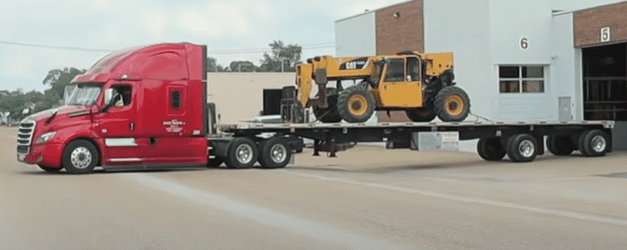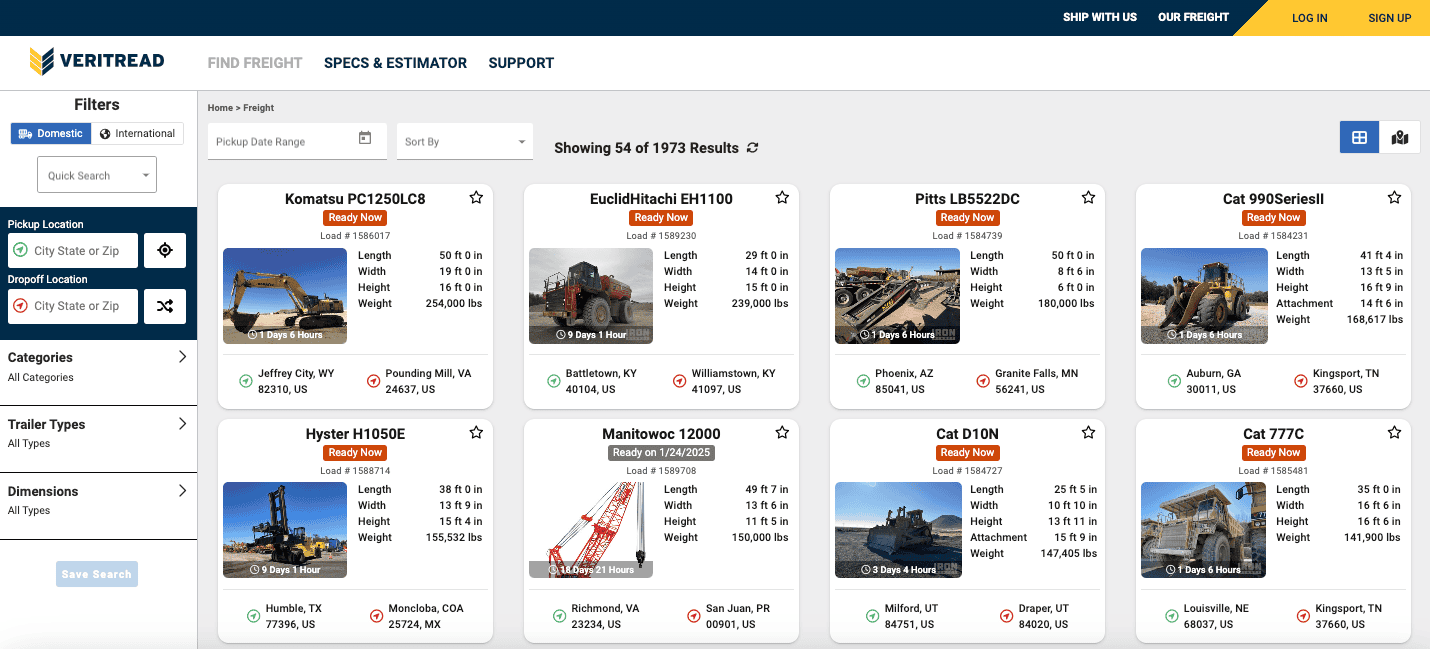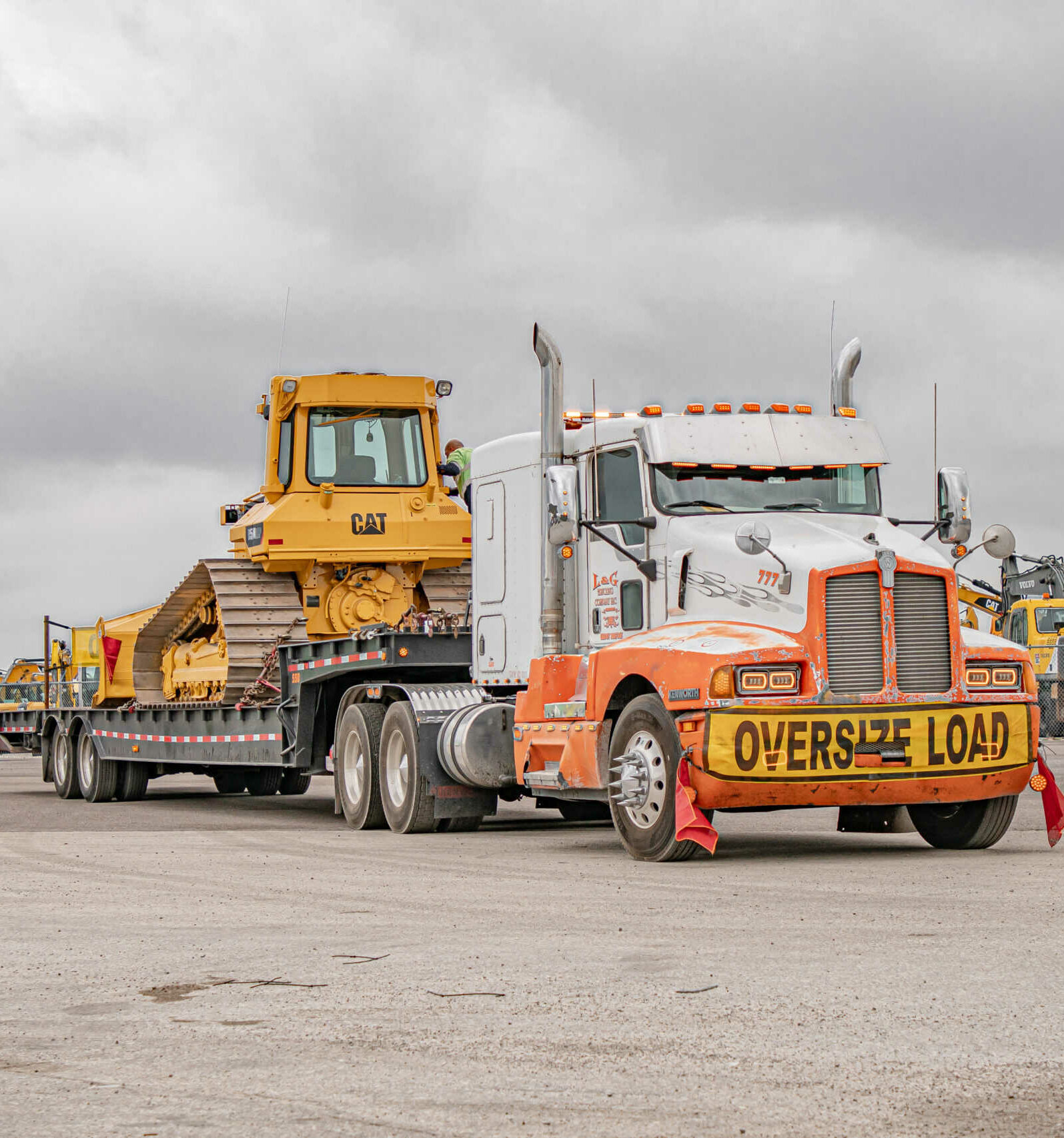Everything You Need to Know About Flatbed Freight Shipping
Flatbed freight shipping is a versatile option for transporting large or oversized loads. Flatbed trailers have no sides or roof, which allows for a variety of cargo to be shipped. Some of the most common types of flatbed freight include:
- Construction materials
- Machinery
- Agricultural products
- Oversized vehicles
- Shipping containers

Flatbed freight shipping can be a cost-effective way to transport large or oversized loads. However, it is important to understand the specific requirements for transporting flatbed freight before shipping your cargo. This blog post will provide you with an overview of flatbed freight shipping, including the most common types of flatbed freight, how to transport a load on a flatbed, and more.
Outline:
- What is the most common flatbed freight?
- How should you transport a load on a flatbed?
- Can you load a flatbed from a dock?
- What is the maximum number of tie downs for a flatbed load?
- Can you load a 40 foot container on a flatbed?
- Do you have to have a headache rack to haul flatbed?
The most common types of flatbed freight include:
The most common flatbed freight includes construction materials such as lumber, steel pipes and sheets, concrete building materials, heavy equipment, machinery, and oversized cargo. Other common flatbed loads include vehicles, boats, and industrial materials.
How should you transport a load on a flatbed?
When flatbed freight shipping, it is important to follow these safety tips:
- Make sure the load is properly secured to the flatbed.
- Do not overload the flatbed.
- Distribute the weight of the load evenly.
- Make sure the load is not overhanging the sides of the flatbed.
- Do not transport hazardous materials on a flatbed.
Can you load a flatbed from a dock?
Yes, you can load a flatbed from a dock by using a forklift. The forklift can be used to lift the cargo onto the flatbed, make sure to properly secured to the flatbed before driving away.

What is the maximum number of tie downs for a flatbed load?
The maximum number of tie downs for a flatbed load depends on the weight and length of the cargo being transported, as well as the specific regulations of the state or country in which the load is being transported. By using tie downs you can secure the load and help distribute the weight evenly. The tie downs should be placed at regular intervals across the width and length of the flatbed, place heavier items towards the front of the flatbed and lighter items towards the back of the flatbed.
The Federal Motor Carrier Safety Administration (FMCSA) requires that cargo be secured with at least one tie down for every 10 feet of cargo length. It is important to consult with local laws and regulations and ensure that proper tie-downs are used based on the specifications of the load being transported.
Can you load a 40 foot container on a flatbed?
Yes, a 40-foot container can be loaded onto a flatbed trailer. Following state and federal regulations – insure your total content of the trailer and content doesn’t exceed the weight limit. When loading a container onto a flatbed, it is important to use appropriate equipment such as a crane or forklift and secure the container to the trailer using tie-downs or other methods. Proper weight distribution on the trailer should also be ensured to prevent any safety hazards or damage to the container during transit.
Do you have to have a headache rack to haul flatbed?
While a headache rack is not required by law to haul a flatbed trailer, it is highly recommended for safety reasons. A headache rack is a metal barrier that is mounted behind the cab of a truck and serves as a protective structure between the cab and the cargo on the trailer. It can help prevent cargo from shifting forward and potentially causing damage to the cab or injuring the driver in the event of a sudden stop or accident. Additionally, many shippers and receivers require that carriers have a headache rack installed before accepting a load for transport as part of their own safety requirements.

Why Join VeriTread as a Transport Provider?
VeriTread has 100’s of loads that you won’t find anywhere else with new loads listed every day.When you complete a profile on VeriTread, we learn detailed information about your equipment, your capabilities, and the areas you service. We combine this information with our patent pending freight matching technology to proactively find you the best paying freight available. VeriTread is reserved only for carriers, brokers, and forwarders, who are properly bonded, licensed, and insured which reduces overall risk as well as keeps flatbed freight rates at a fair and profitable level. If you are looking for flatbed freight shipping options, check us out today!
veritread products
Top Articles
Freight Types
recent posts

Basic Tips of Heavy Equipment Transport

Understanding Equipment Transport Services



